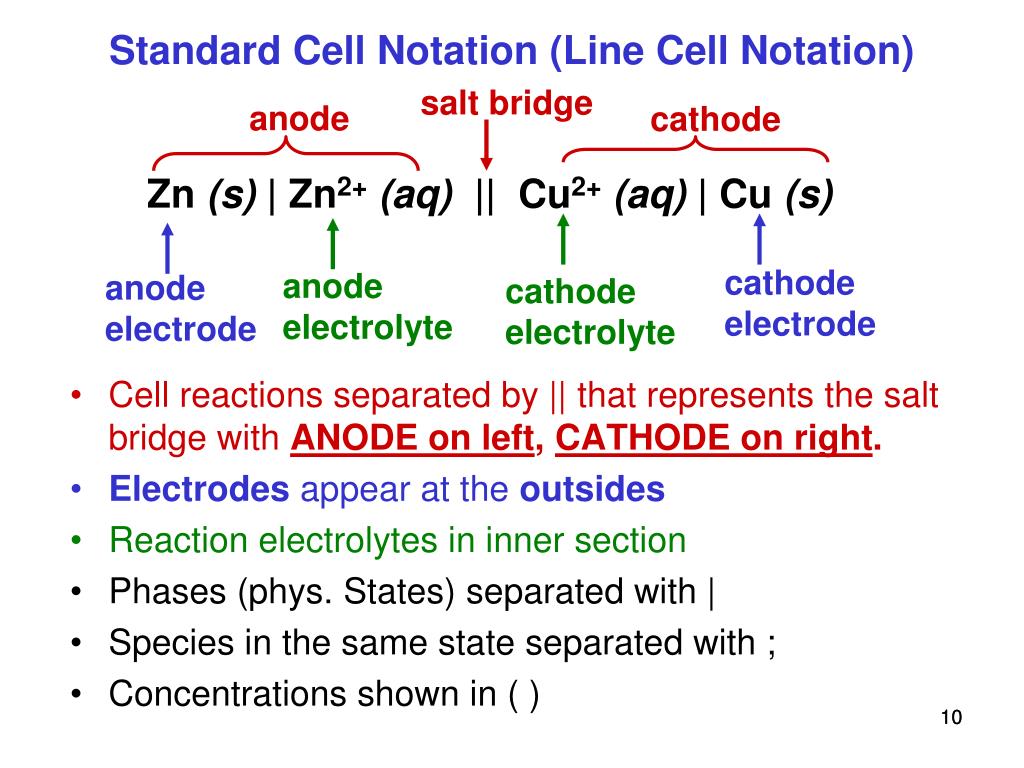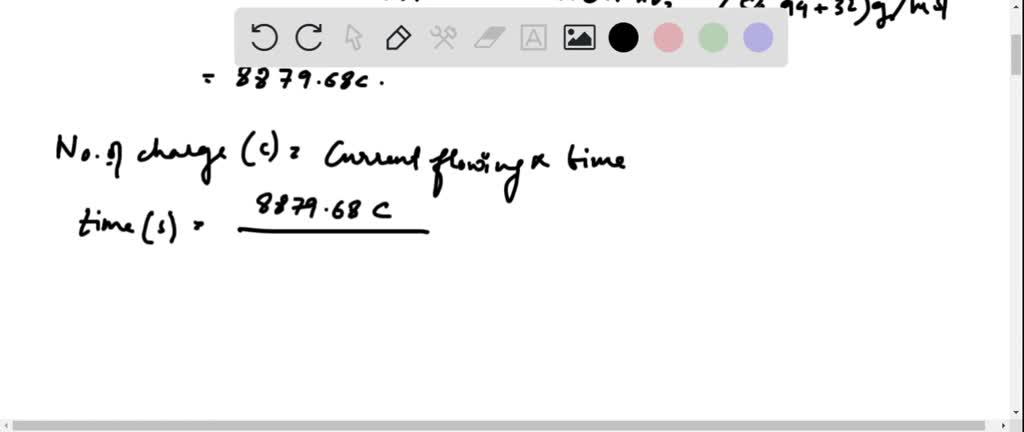

doi:10.1023/A:1026441532352įontes E, Håkansson B, Herlitz F, Lindstrand V (2012) Process for producing alkali metal chlorate.\nonumber \] Roue L, Guay D, Schulz R (2000) Hydrogen electrosorption in nanocrystalline Ti-based alloys. Roue L, Irissou E, Bercier A, Bouaricha S, Blouin M, Guay D, Boily S, Huot J, Schulz R (1999) Comparative study of nanocrystalline Ti2RuFe and Ti2RuFeO2 electrocatalysts for hydrogen evolution in long-term chlorate electrolysis conditions. Gebert A, Lacroix M, Savadogo O, Schulz R (2000) Cathodes for chlorate electrolysis with nanocrystalline Ti-Ru-Fe-O catalyst. Jin S, Van Neste A, Ghali E, Boily S, Schulz R (1997) New cathode materials for chlorate electrolysis. Springer, Berlin/Heidelbergīoily S, Jin S, Schulz R, Van Neste A (1997) Alloys of Ti Ru Fe and O and use thereof for the manufacture of cathodes for the electrochemical synthesis of sodium chlorate, US 5662834A Wendt H, Kreysa G (1999) Electrochemical Engineering: science and technology in chemical and other industries. doi:10.1149/1.2095999Ĭornell A, Simonsson D (1993) Ruthenium dioxide as cathode material for hydrogen evolution in hydroxide and chlorate solutions. Tilak BV, Tari K, Hoover CL (1988) Metal anodes and hydrogen cathodes – their activity towards O 2 evolution and ClO 3 - reduction reactions. Wulff J, Cornell A (2007) Cathodic current efficiency in the chlorate process. Gustavsson J, Li G, Hummelgård C, Bäckström J, Cornell A (2012) On the suppression of cathodic hypochlorite reduction by electrolyte additions of molybdate and chromate ions. Because electrons are coming from the anode, the anode is considered the negative. doi:10.1016/0013-4686(91)85083-JĬornell A, Lindbergh G, Simonsson D (1992) The effect of addition of chromate on the hydrogen evolution reaction and on iron oxidation in hydroxide and chlorate solutions. The cathode and anode collectively are the electrodes of the voltaic cell. Lindbergh G, Simonsson D (1991) Inhibition of cathode reactions in sodium-hydroxide solution containing chromate. In: Burney HS, Furuya N, Hine F and Ota KI (eds) Chlor-alkali and chlorate technology, The electrochemical society proceedings series, PV 99–21, Pennington, p 8Īhlberg Tidblad A, Lindbergh G (1991) Surface analysis with ESCA and GD-OES of the film formed by cathodic reduction of chromate. Tilak BV, Chen C-P (1999) Electrolytic Sodium Chlorate Technology: Current Status. Plenum, New York, p 167īyrne P, Fontes E, Lindbergh G, Parhammar O (2001) A simulation of the tertiary current density distribution from a chlorate cell –I. A concentration cell acts to dilute the more concentrated solution and concentrate the more dilute solution, creating a voltage as the cell reaches an equilibrium. In: Bockris JO’M, Conway BE, Yeager E, White RE (eds) Comprehensive treatise of electrochemistry, vol 2. A concentration cell is an electrolytic cell that is comprised of two half-cells with the same electrodes, but differing in concentrations. Ibl N, Vogt H (1981) Inorganic Electrosynthesis. When aqueous solutions of ionic compounds are electrolyzed, the anode and cathode half-reactions may involve the electrolysis of either water species (H 2 O, H +, OH ) or solute species (the cations and anions of the compound).

In: Wall K (ed) Modern chlor-alkali technology, vol 3. Investigation of Various Oxygen and Chlorate Sources. The cathode is the electrode where electricity is given out or flows out. These are half equations for some reactions at the cathode: Na + + e - Na. Kotowski S, Busse B (1986) The Oxygen Side Reaction in the Membrane Cell. To make the oxidation reaction, simply reverse the reduction reaction in Table 14.1 Standard Reduction Potentials of Half Reactions and change the sign on the E ½ value. doi:10.1149/1.2096444Įvdokimov SV (1999) Kinetics of oxygen evolution on dimensionally stable anodes during chlorate electrolysis. Table 14.1 lists only reduction reactions, but a redox reaction has a reduction and an oxidation. Hardee KL, Mitchell LK (1989) The Influence of Electrolyte Parameters on the Percent Oxygen Evolved from a Chlorate Cell. Elsevier Appl Sci, London/New York, p 295 In: Wellington TC (ed) Modern chlor-alkali technology, vol 5. Wanngård J (1992) Impurity Effects in Chlorate Plants.

Viswanathan K, Tilak BV (1984) Chemical, electrochemical, and technical aspects of chlorate manufacture.
#Cathode reaction example series
In: Alkire R, Beck T (eds) Tutorial lectures in electrochemical engineering and technology, vol 77, AIChE symposium series 204, Institute of Chemical Engineers, New York, p 244 Accessed Īxegård P, Bergner E (2011) Environmental performance of modern ECF bleaching, international pulp bleaching conference, Portland, pp 119–126Ĭolman JE (1981) Electrolytic Production of Sodium Chlorate.


 0 kommentar(er)
0 kommentar(er)
